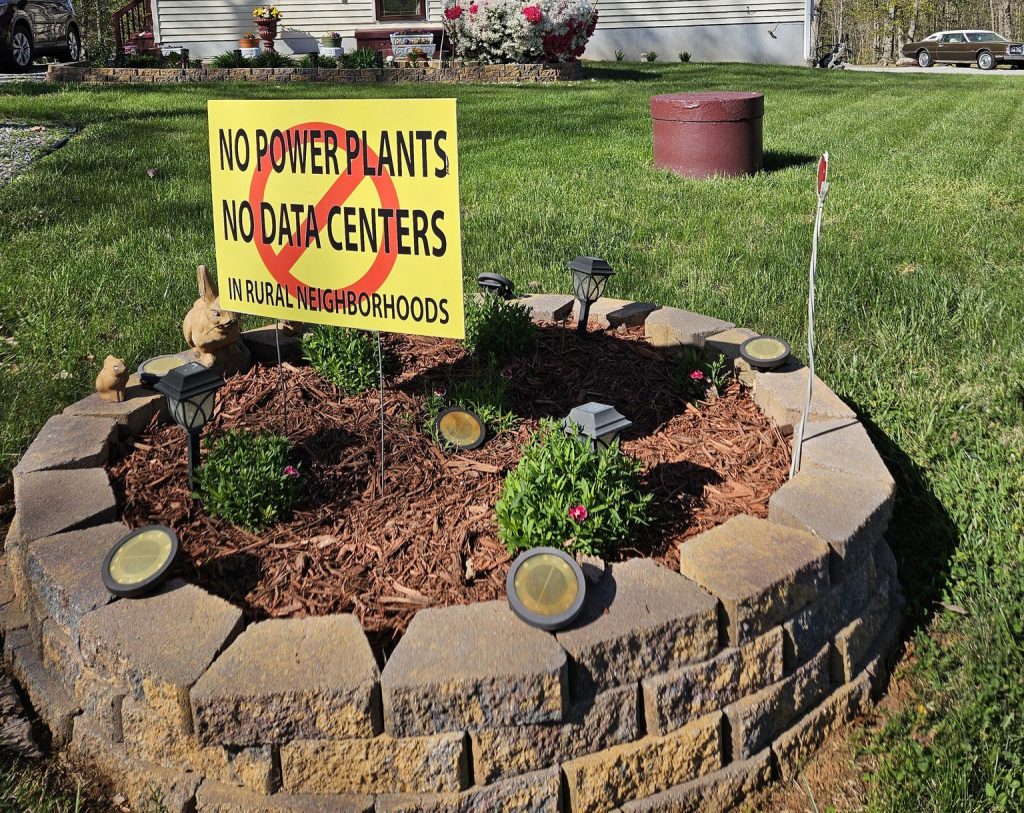Prodigal Summer: Steamy and Smart Summer Reading
Appalachian author Barbara Kingsolver’s 2000 novel “Prodigal Summer” reads at times like a steamy romance, a natural history, and a family drama, and it is the best of all these things: sexy, smart, lovely, and at times deeply sad. The unlikely mixture of all these elements makes the book perfect for summer reading.
The book gives the reader three narrators, all living on the fictitious Zebulon Mountain in Southern Appalachia. Especially for those who live in the southern Appalachian Mountains, the setting will seem familiar, yet fresh. Nature is nothing if not vital in the novel, exerting its pressures on the action of the novel and the evolution of its characters. Though its forces are unrecognized by many (especially those who make their living off the land, a point that is brought out as ironic by the author), they are brought to light by the awareness of the book’s female characters.
Kingsolver’s multiple narrators are isolated, yet drawn together by the environment they share. Natural events become like a recurring character in the narratives, giving the reader a reference point with which to align the pasts and presents of each. This interconnectivity serves to accentuate the reader’s attention to the common setting and sense of shared cultural history that pervades small mountain towns as well as bear proof of Kingsolver’s skill at interweaving complex histories and events in unconventional narrative form.
The novel’s compelling characters and rich prose are vivid enough to bring the town of Egg Fork and its unique and complex environment to life. The lessons in biology, ecology, organic farming and entomology woven into the narratives are often fascinating, and for the most part flow smoothly with the action of the novel. At times, however, the do-no-harm principles Kingsolver clearly holds make the text feel slightly overwrought.
In total, the novel holds many rewards: a blushing romance colored by the fervent sexuality of the natural world; a truer understanding of the environment and natural history of the southern Appalachians; an intriguing interwoven narrative that reveals the social history of a small town; and most importantly, a great read!
Reading Questions
Online Resources
On YouTube
The luna moth is a beautiful, fascinating creature that holds special significance for Lusa in the novel. See its life cycle from hungry caterpillar to mouthless, mating moth in this detailed, informative video from Backyard Bugs software: youtube.com/watch?v=atOSro3_W7c
Websites and Blogs
The American Chestnut Foundation (acf.org): An Asheville-based non-profit carrying out the work being done in the novel by the narrator Garnett. Through back-crossing and inter-crossing American and Chinese chestnuts, they hope to restore the chestnut to Appalachian forests. Their website is a wealth of information and resources to help you learn more and get involved.
Further Reading
The Audubon Magazine article “The Ultimate Survivor” by Mike Finkel (May/June 1999) inspired much of Kingsolver’s thinking on coyote populations and helped inform the creation of the characters of Deanna Wolfe and Eddie Bondo : audubonmagazine.org/coyote/index.html
Related Articles
Latest News

Leave a comment
Your email address will not be published. Required fields are marked *





